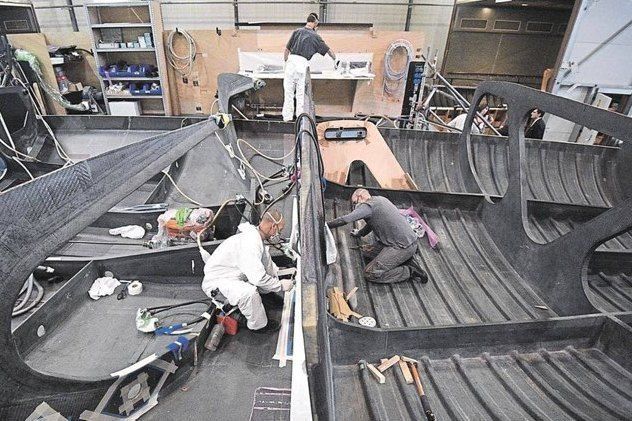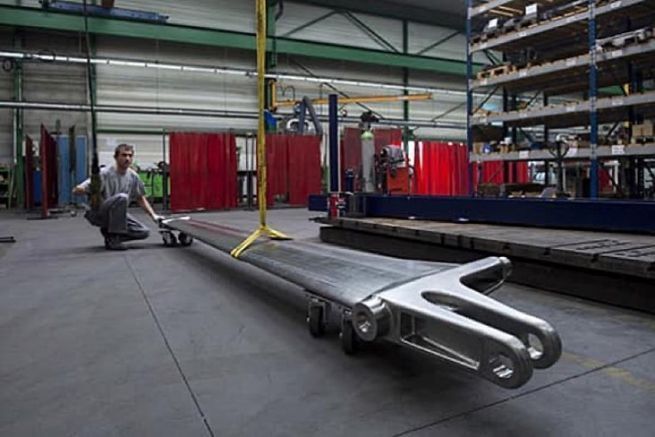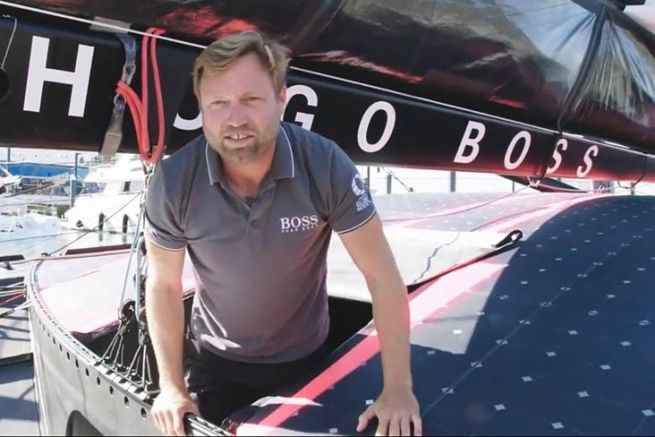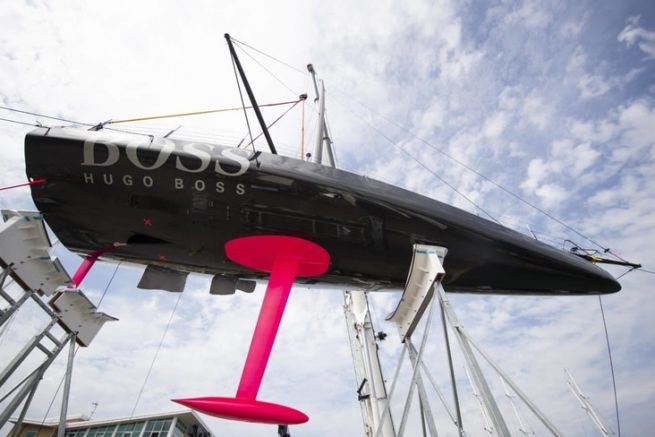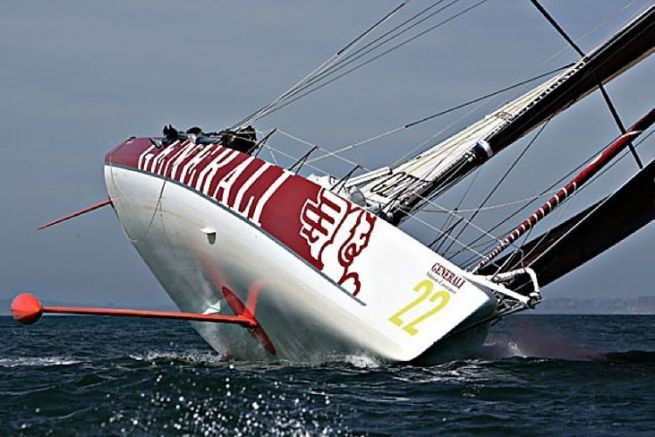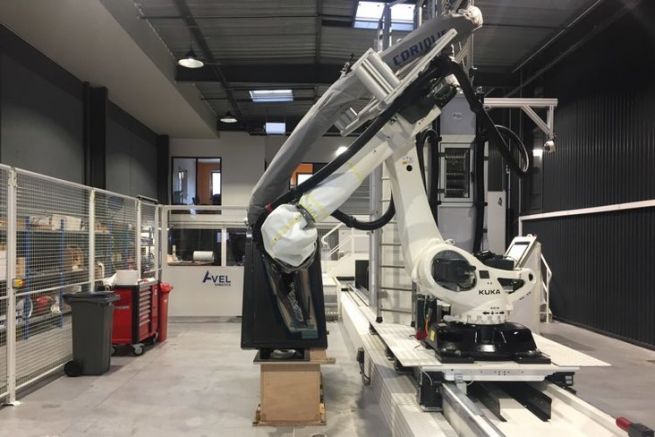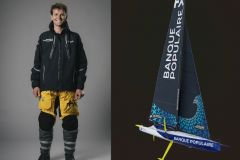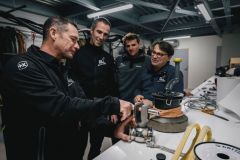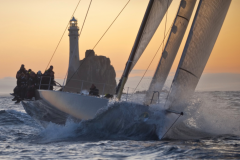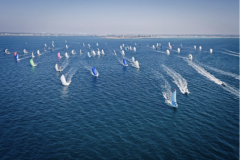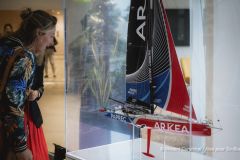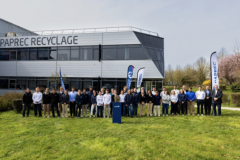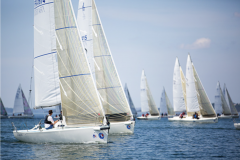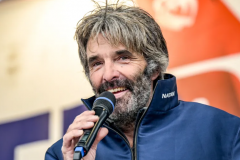A strategic and well hidden place for IMOCA boats, the keel well is located between the mast, the keel and the foils. In the history of the Vendée Globe, many setbacks, incidents and even retirements have been caused by this area of the boat, which is not very well explained.
We asked David de Prémorel of the Finot-Conq architectural firm about this. These architects designed 18 IMOCA, 4 of which won the Grail! In this 2020 edition, the team is following 3 of its babies: La Fabrique, Time for Oceans and Groupe Apicil. Connoisseurs of the canting keel. Nothing better to answer my questions about this famous keel well!
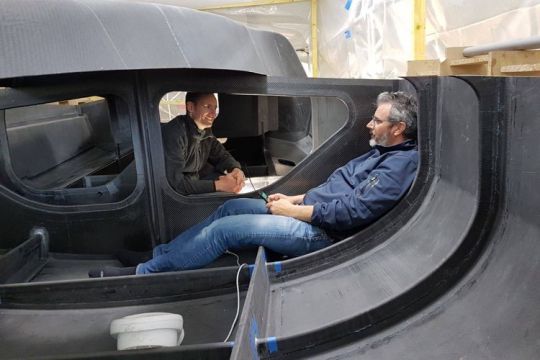
David, can you explain to us what the keel well is?
Its purpose is to shelter the upper part of the keel sail as well as the rod of the hydraulic cylinder used to tilt it. It is a space located forward or aft of the mast toe bulkhead. It is wedged between another bulkhead or a varangue (a small piece of framework across the hull, made of carbon fibre that does not rise to the ceiling). Two longitudinal bulkheads and a lid close the box. It is a safety element, both in port and in navigation, as it ensures the watertightness of the boat thanks to its height well above the waterline. The passage of the jack in the bulkhead is ensured by two holes to which are fixed blows.
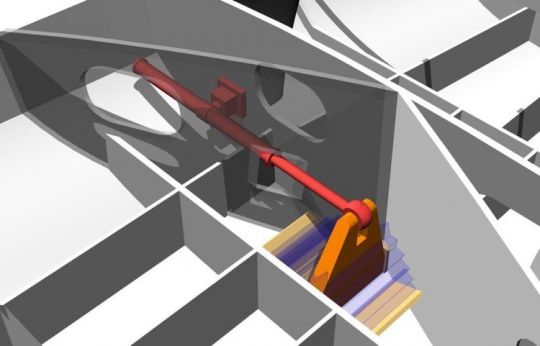
Given where he's located, he has to put up with an enormous amount of effort?
The forces essentially pass through the forward and aft bulkheads of the keel well, those that support the keel attachment bearings and the hydraulic cylinder system attachment. Very high transverse forces are observed when the keel is raised to its maximum position (e.g. in meadows). For information: the maximum angle of inclination of the keel is 38° on each edge.
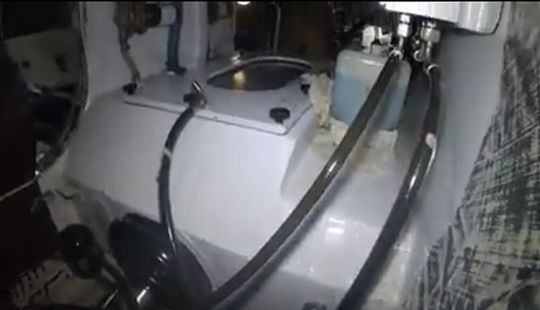
From a safety point of view, the gauge constrains you a lot?
Yes, we can talk about longitudinal forces, those of a heeling (bottom impact). The gauge imposes stresses to resist several tons on the keel bulb. This represents a stop of 3G while respecting important safety coefficients. In the event of an impact, the two bearings that support the keel shaft will move apart, we must prevent this action by calibrating the structures, but not too much, because these are racing boats!
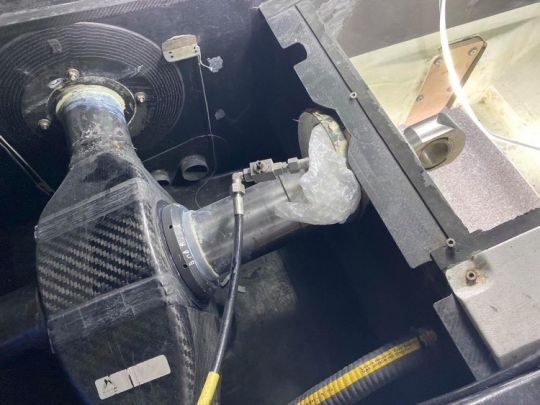
We hear a lot about a tilt angle, can you explain it?
The tilt is the inclination of the axis of rotation of the keel. Concretely, the front bearing is higher than the rear one. This is determined from the design of the IMOCA and is not adjustable.
The gauge allows a tilt between 4° and 9°. The greater the angle, the better?
So yes and no, the tilt changes the profile of the keel sail when it is tilted. Kind of like the profile of an airplane wing. Tilted, she's "relieved." But if it's too much, the boat loses the righting moment by pressing too much on the leeward foil, causing it to capsize.
Thanks to David de Prémorel for all this information.
